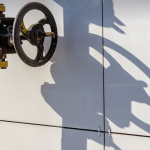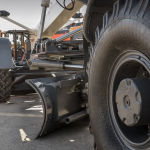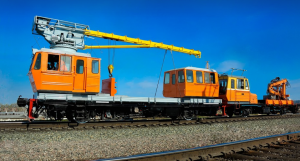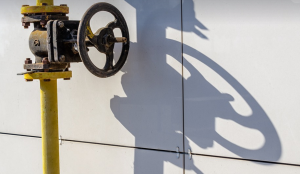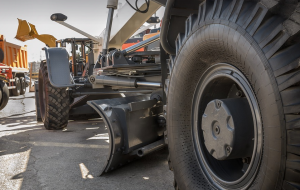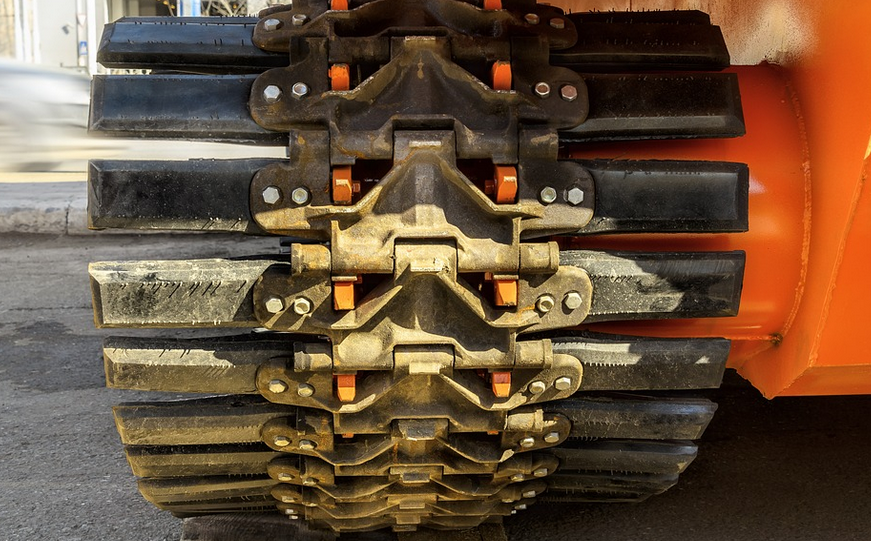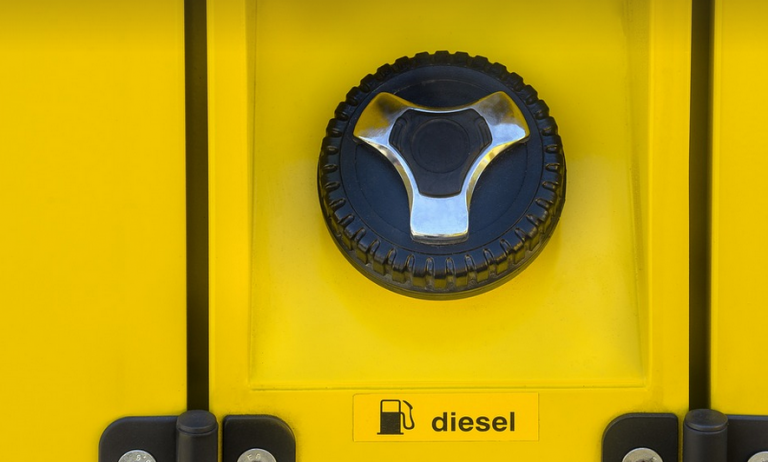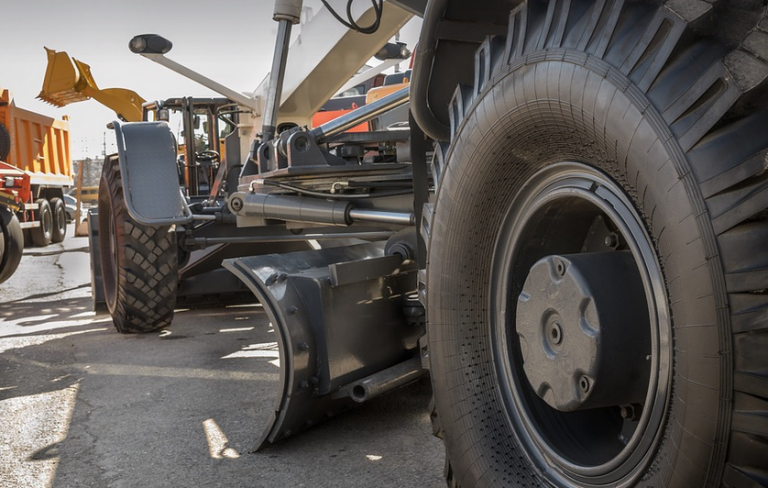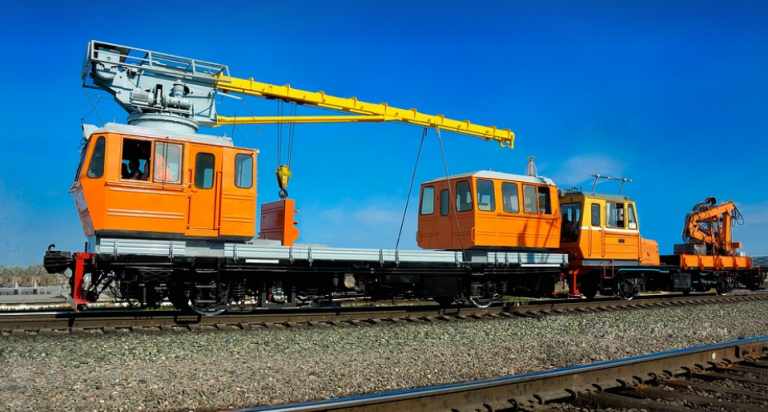What are pipe stands used for in welding?
Imagine this: you’re wielding a torch, sparks flying, and the metal bends precariously on your workbench. Sounds dangerous, right? Well, that’s where pipe stands come in—they’re essential for safe and efficient welding setups.
Pipe stands offer support to your workpiece during welding, keeping it stable and level while you work. They also protect your equipment from damage caused by sparks, slag, and other stray elements.
Why choose pipe stands over other options?
While there may be alternatives like using clamps or makeshift supports, pipe stands are designed specifically for welding. There’s a reason they’re the industry standard—they’re sturdy, reliable, and can handle even challenging metalwork.
Here’s why they stand out:
- **Sturdiness**: Pipe stands are built from heavy-duty steel, designed to withstand the demands of welding. They won’t crumble under your torch or the weight of your workpiece.
- **Versatility**: A wide range of pipe stand sizes and configurations cater to various workpieces. Whether you’re working on a small project or a large industrial task, you’re sure to find the right fit for your needs.
- **Stability**: The unique design ensures a stable platform for your workpiece, minimizing movement and potential accidents.
- **Safety Net for Your Equipment**: Pipe stands protect your welding equipment from damage caused by sparks, slag, and other stray elements.
Types of pipe stands:
There are various types of pipe stands to choose from, each with its unique features:
- **Single-Pipe Stands**: These versatile stands feature a single upright pole that can be adjusted depending on your workpiece’s size. They’re great for smaller projects or those requiring quick setup and takedown.
- **Double-Pipe Stands**: As the name suggests, these stands use two pipes to create a wider base. They offer greater stability for larger pieces and provide a more robust platform.
- **Slant Pipe Stands**: These stands are designed with an angled base that allows them to support workpieces at specific angles. This is ideal for tasks like welding overhead or when working on projects requiring precise positioning.
Selecting the right pipe stand:
Choosing the right pipe stand can be crucial for your welding success. Here’s a quick guide:
- **Workpiece Weight and Size**: Always consider the weight of your workpiece and its dimensions when choosing a pipe stand. Ensure it has the capacity to support the load without sagging.
- **Welding Process**: The type of welding you’re performing can influence your choice. For stick welding, a heavier-duty stand may be necessary for greater stability and safety during the process
- **Safety Features**: Opt for stands with features like clamp options or adjustable heights to ensure optimal control and flexibility.
Setting up your pipe stand:
Setting up your pipe stand is easier than you might think. Simply follow these steps:
- **Choose a secure location**: Select a flat, stable surface where the stand won’t be affected by vibrations or movement.
- **Position the stand upright**: Ensure it’s positioned at the right angle to support your workpiece.
- **Secure the pipe stand**: Use clamps or bolts to ensure stability and reduce the risk of accidental shifts or drops.
- **Check for stability**: Once your stand is in place, double-check its rigidity before continuing with welding work
The importance of safety in welding:
Welding can be a dangerous job when performed improperly. It’s crucial to prioritize safety throughout the process.
- **Wear appropriate protective gear**: This includes fire-resistant clothing, gloves, and eye protection.
- **Ensure adequate ventilation**: Work in well-ventilated areas to prevent fumes from building up and posing health risks.
- **Use a grounding system**: Ground your equipment to avoid electrical shorts and potential hazards.
- **Follow all safety protocols**: Familiarize yourself with the specific safety procedures for your welding process and follow them diligently.
Maintenance: Keeping your pipe stand in top condition
Like any tool, regular maintenance is key to ensuring safe and efficient use of your pipe stand. Follow these tips:
- **Regularly check the welds**: Inspect for cracks or corrosion that could compromise the stand’s stability over time.
- **Clean the surface regularly**: Use a mild soap solution to remove dirt, grease, and other debris that accumulates on the stand’s surface.
- **Lubricate moving parts**: This can help reduce friction and prolong the lifespan of your pipe stand.
- **Prevent rust and corrosion**: If you see any signs of rust or corrosion, immediately address them by applying a rust inhibitor or repainting if necessary.

